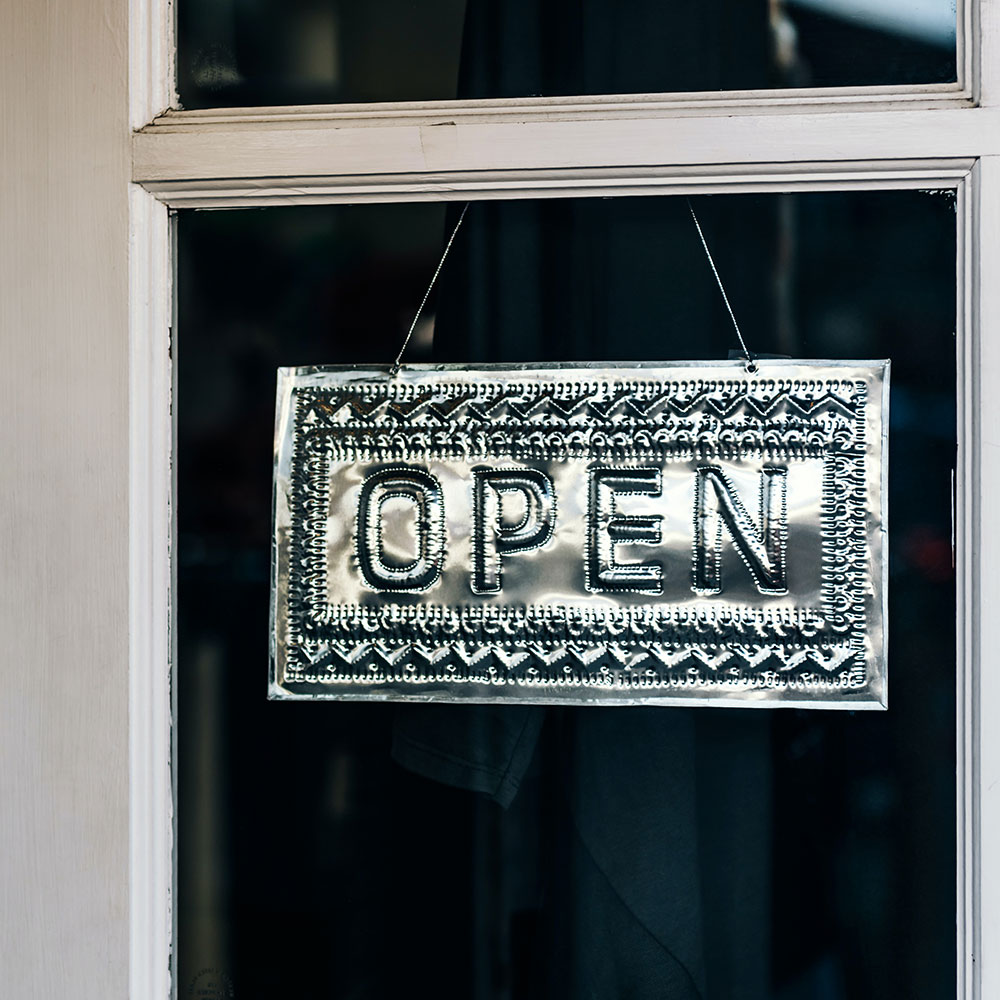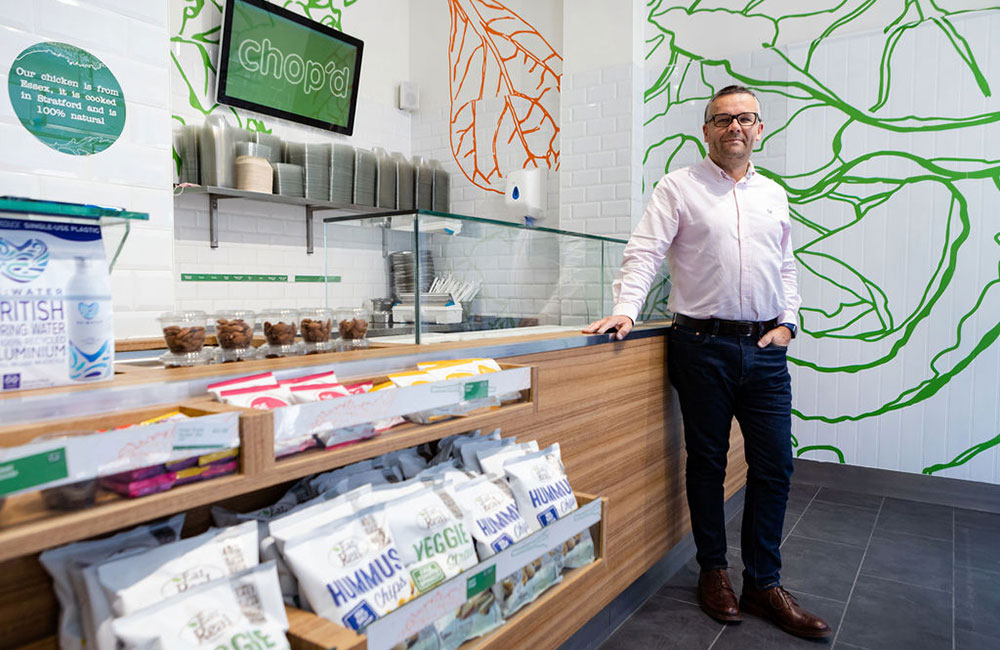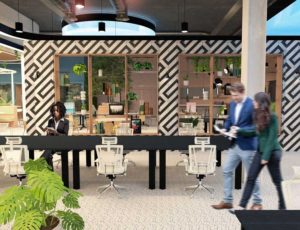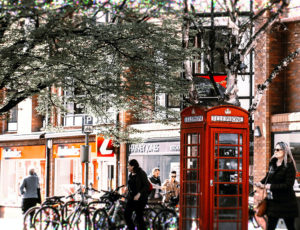
Inc Retail MD, Dan Shaw, discusses the tactics retailers can employ to make better use of their physical stores.
Ecommerce has been a hot topic for many years now, but since the start of the pandemic we have seen an even more significant surge in the number of online orders, which may leave many retailers worrying about the future of their physical outlets.
Despite many consumers switching over to online shopping because they believe it to be quicker and more convenient, it can never match up to the experience of shopping in-store. I really believe that physical stores are still an absolutely essential part of the retail landscape that should not be overlooked by retailers.
At this point, choosing to prioritise online shopping over physical stores could be a big mistake for many companies. They are both equally as important and should both be optimised for the best results.
In a time when online is supposedly king, there are some great examples of companies that have used their physical locations to their advantage and have experienced real success. Here are just a few of my favourites.
Reinvent the experience of shopping in-store
One thing that online shopping will never be able to do is compete with the experience of walking into a shop, seeing items in the flesh, getting to touch them, and being able to put them into a bag to take home with you. So why not upgrade this experience to be something even better?
I’ve seen companies like Situ Live championing a new form of experiential retail with live theatrics and storytelling that encourages shoppers to engage with brands and products while getting access to advice from the Situ Live team.
In this retail concept, customers can also scan QR codes as they walk around to find out more information or order pieces directly from the manufacturer. This complete reimagination of what shopping has historically been like has made the future of physical stores seem incredibly exciting.
Bring the digital experience to your physical store
Like the saying “If you can’t beat them, join them” would suggest, if there’s a reason that people like online shopping, we should do what we can to bring those into a physical space. A great example I’ve seen of this comes from retail giant Amazon in its newly launched Bluewater store.
In this store, it only sells products that are rated four-stars and above, which takes the guesswork out of in-store shopping. It’s like going through the ‘trending’ page of a website where you know you’re only getting the best of the best.
Alongside this, the store also has digital prices, average star rating and number of customer reviews on every product, which is not the standard for other retail outlets.
Finally, shoppers in the Amazon store can get all of the Prime deals and perks they’re used to online, which removes one of the incentives people have to ditch in-store shopping.

Inc Retail MD, Dan Shaw
Use innovative platforms to boost loyalty and engagement
Customer loyalty is something that all retailers want to achieve. I’ve seen some really interesting ways that companies are going about achieving this.
For example, a UK start-up called Jisp that’s ‘leading contact-free retail and grocery’ through the use of scan & save apps. It recently worked with Nisa, and since launching the Scan & Save trial, it had reached 10,000 scans, 5,000 taps and 2,000 redemptions in only five short weeks − pretty impressive.
The brand has also started working with the likes of Kellogg’s, Red Bull and Nomad Foods to offer similar schemes that provide savings on certain products using an innovative new method of handing out augmented reality vouchers.
Find ways to make your customer’s lives easier
It feels like everyone is busier than ever, so making sure that your retail store is a seamless and speedy experience for your customers can often be extremely important.
Supermarkets especially can often be a lengthy process, which has led many people to start shopping for their groceries online. This isn’t always the best as you can’t pick out your produce yourself and are often faced with substitutions that you didn’t want.
To improve its physical stores, Tesco launched its first checkout-free store, which is similar to the ‘Just Walk Out’ approach championed by Amazon. Shoppers can walk into the store, check-in using a QR code, pick up their items, walk out, and wait for the charge to come through on their phone.
I think that this is probably the direction that most stores will be following in the coming years; it makes sense. Why should customers have to load and unload their trolleys and baskets multiple times while in the store? It doesn’t make sense, so I’m very intrigued by all of these companies finding alternative ways to smooth out this process.
Inc Retail is a home for brands in the fashion, apparel, beauty and food & beverage sectors. It spans the retail, franchise and wholesale industries. With a team of retail experts, designers, marketing managers and industry specialists, it nurtures brands to reach new audiences and connect with customers. To find out more about Inc Retail, please click here.







